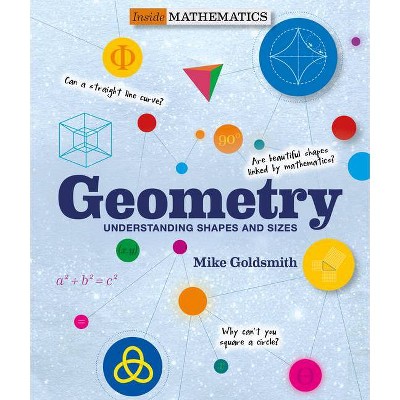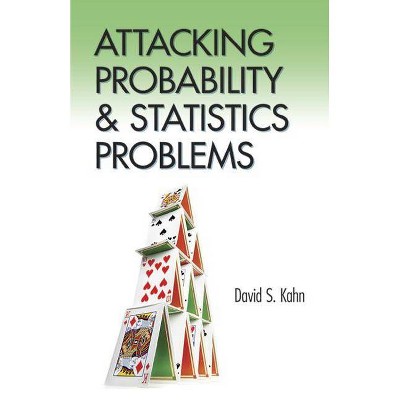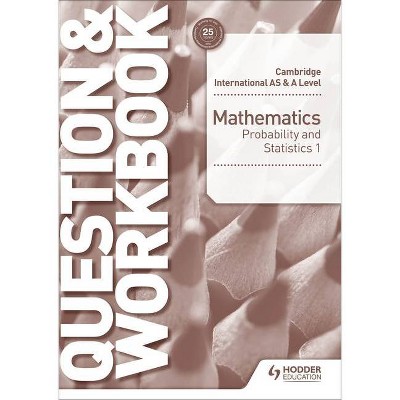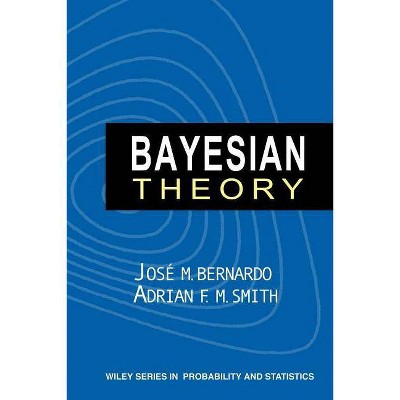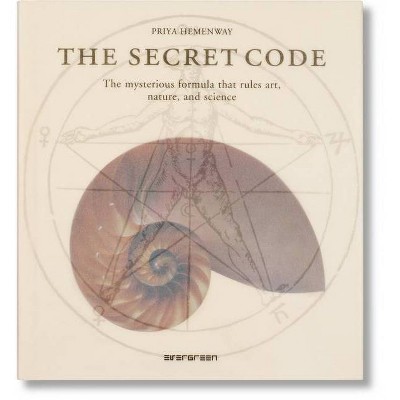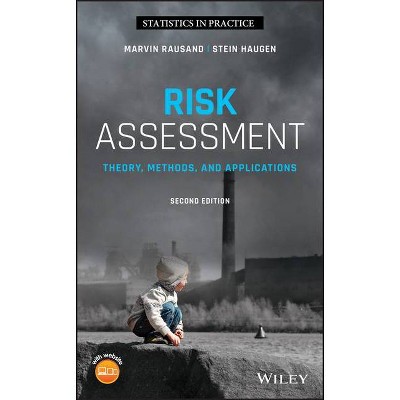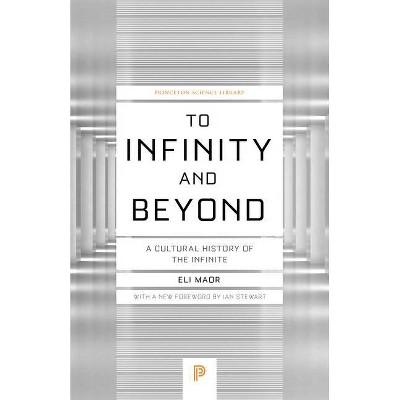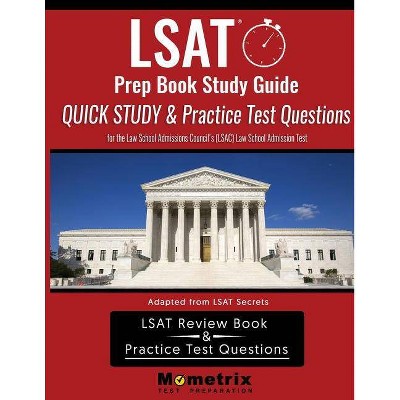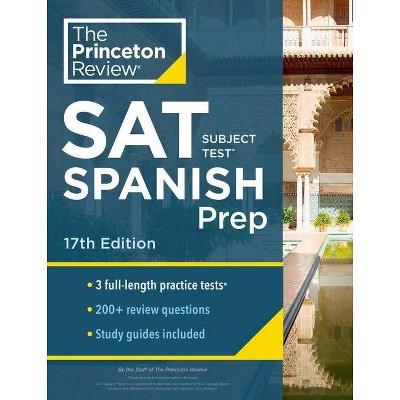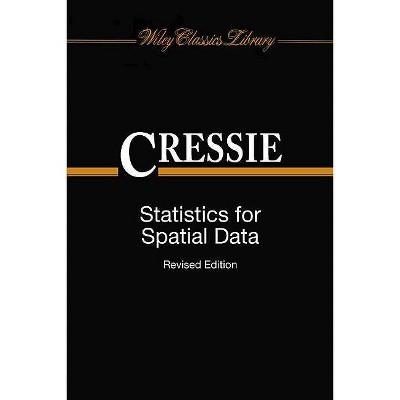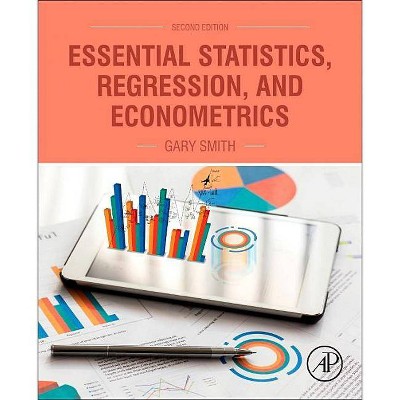Probability & Statistics - (Inside Mathematics) by Mike Goldsmith (Paperback)
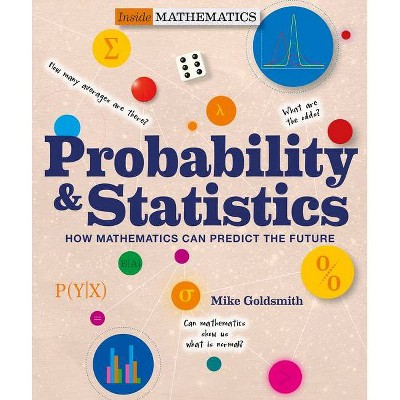
Similar Products
Products of same category from the store
AllProduct info
<p/><br></br><p><b> Book Synopsis </b></p></br></br><p>One of the hardest questions that mathematics teachers have to answer is "Why?" Schoolroom sums are crucial in learning the awesome power of mathematics, but they are often a world away from how the knowledge is applied and where it came from. <i>Inside Mathematics: Probability & Statistics </i>is there to fill that gap. <p/> What are the chances of that? Mathematics can solve that mystery for you using a set of ideas that grew out of an aristocratic gambler's bafflement at betting on complex dice games. In stepped the mathematical giants of Pierre de Fermat and Blaise Pascal, who worked together to create what is now called probability theory. Gamblers need not rejoice in this powerful theory; it shows that the casino always wins in the end. The ideas of probability have since found many better uses elsewhere. For example, they are at work in the mathematics that describes the quantum world and drives the push for artificial intelligence. The mathematics of chance is involved in understanding systems where myriad data points combine. Statistics is the branch of mathematics that wrangles that data and tames it into meaningful knowledge. It then allows us to get ever better at modeling complex phenomena, from the formation of stars and the path of a hurricane to the rise and fall of the markets.</p><p><i>Inside Mathematics: Probability & Statistics</i> introduces the reader to these awesome mathematical powers by telling the stories of who figured them out. They include a cavalry officer hoping to reduce injuries from horse kicks, Charles Darwin's cousin who discovered that we make the best guesses when we work together, and computers that are built to program themselves. Written to engage and enthuse young people, <i>Inside Mathematics </i>shows readers how the ideas of long-dead geniuses have ended up in their homework assignments.</p><ul><li><i>Probability & Statistics: How Mathematics Can Predict the Future</i> changes the question from "Why?" to "What's next?"</li><li>Arranged chronologically to show how ideas in mathematics evolved.</li></ul><p/><br></br><p><b> About the Author </b></p></br></br><b>Dr. Mike Goldsmith</b> is a science writer and former head of the UK's National Physical Laboratory, where he specialized in astronomy and the science of sound. In his many nonfiction books for children, Mike engages with a wide range of topics, including mathematics, space exploration, time travel, and the history of science. Mike received a PhD in astrophysics from Keele University in the UK. He lives in Twickenham, southwest London. <p/><b>Tom Jackson</b><b>, </b> series editor, is a science and technology writer based in the UK. Tom specializes in recasting these subjects into lively historical narratives by uncovering vivid stories that help to create new ways to enjoy the sciences. He studied at the University of Bristol and still lives in that city with his wife and three children. <br>
Price History
Cheapest price in the interval: 19.99 on October 27, 2021
Most expensive price in the interval: 19.99 on December 20, 2021
Price Archive shows prices from various stores, lets you see history and find the cheapest. There is no actual sale on the website. For all support, inquiry and suggestion messagescommunication@pricearchive.us
